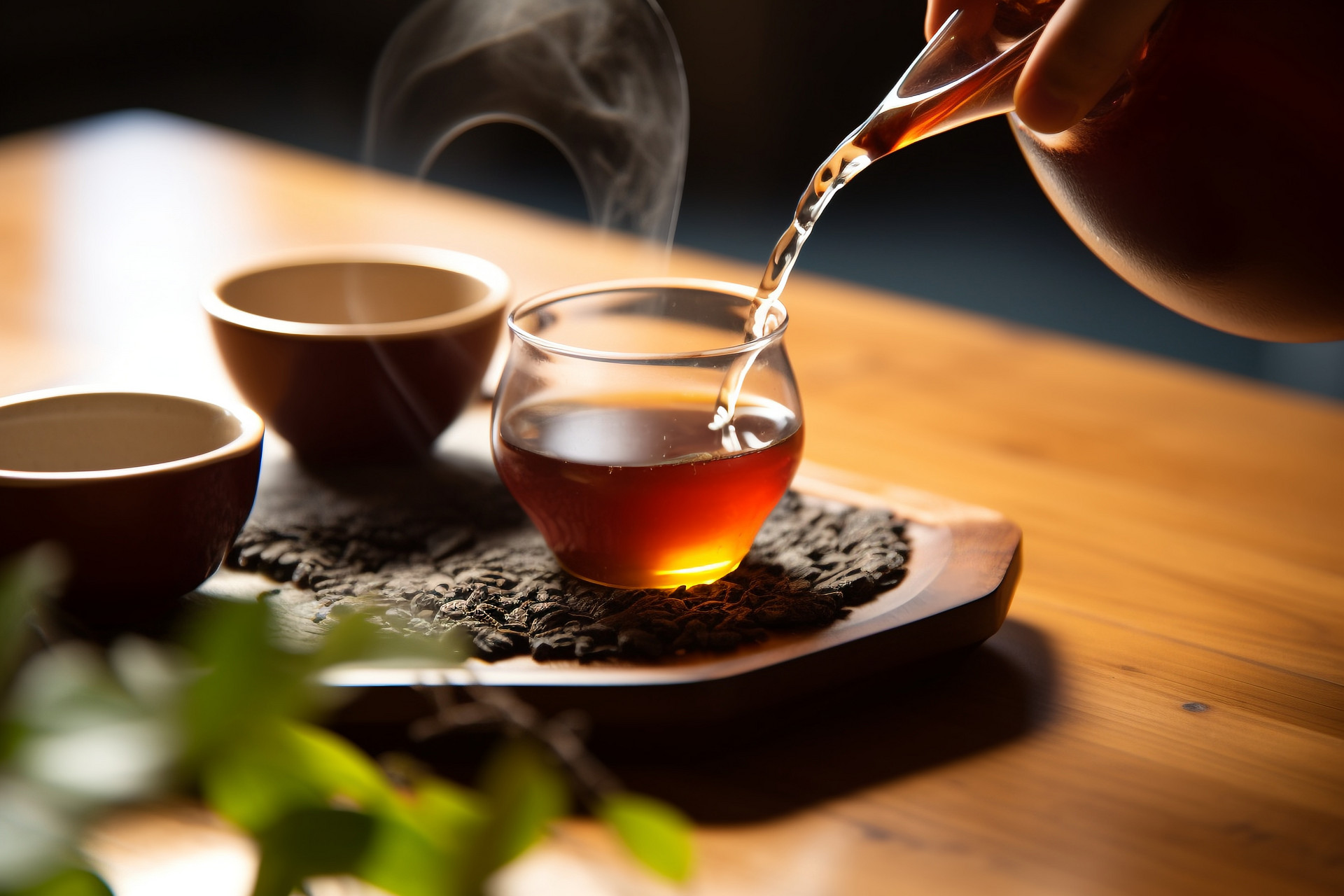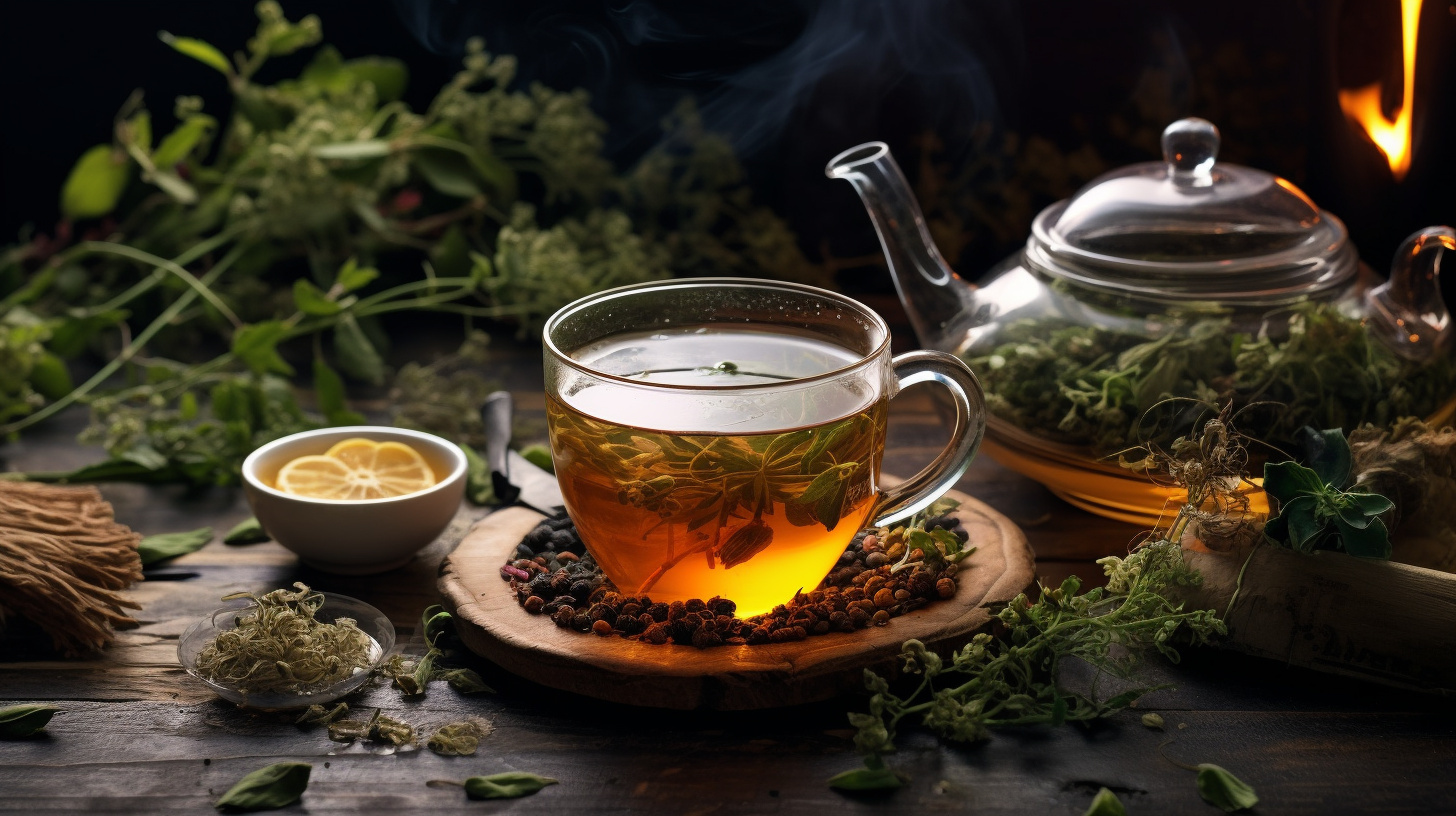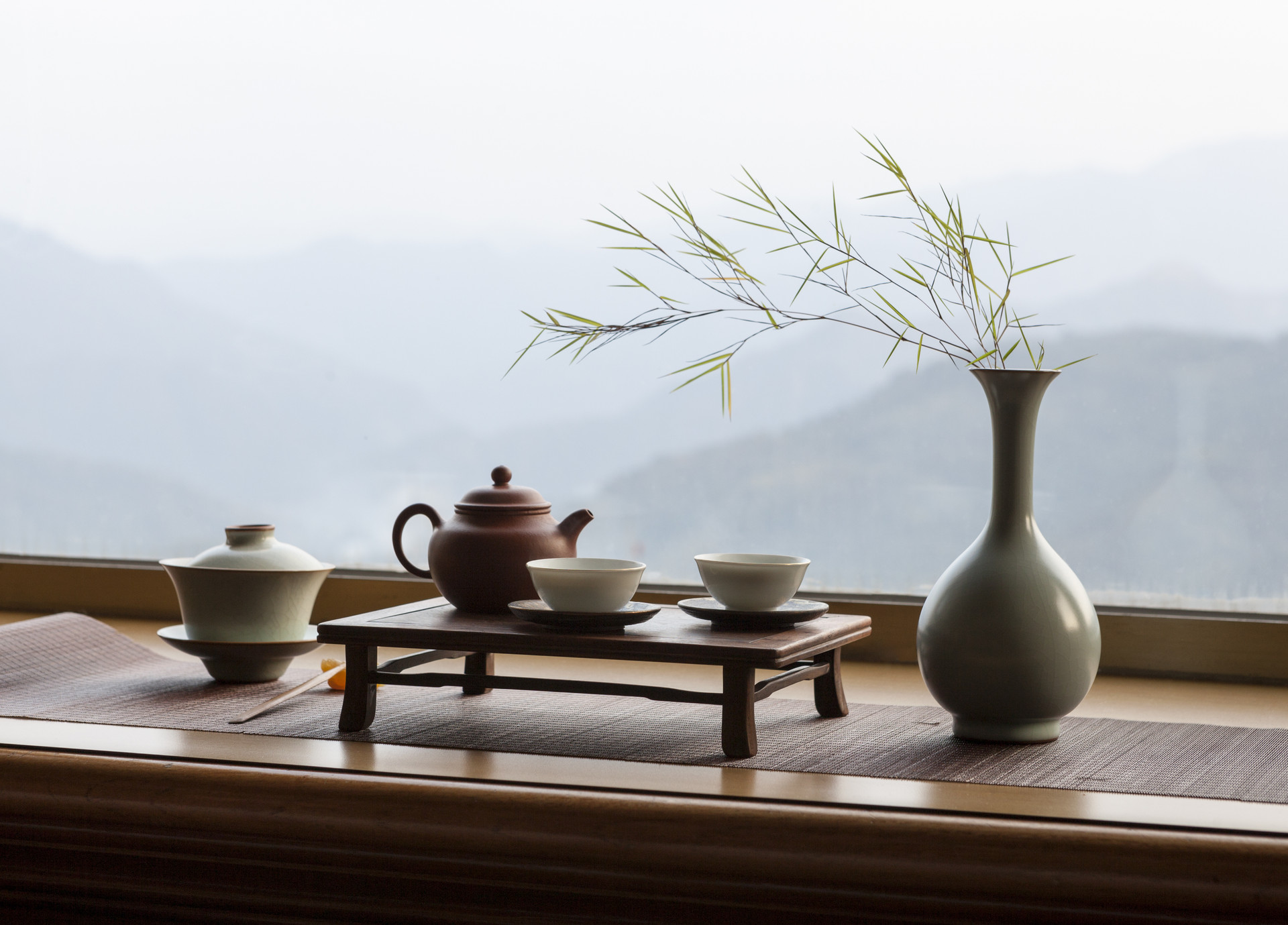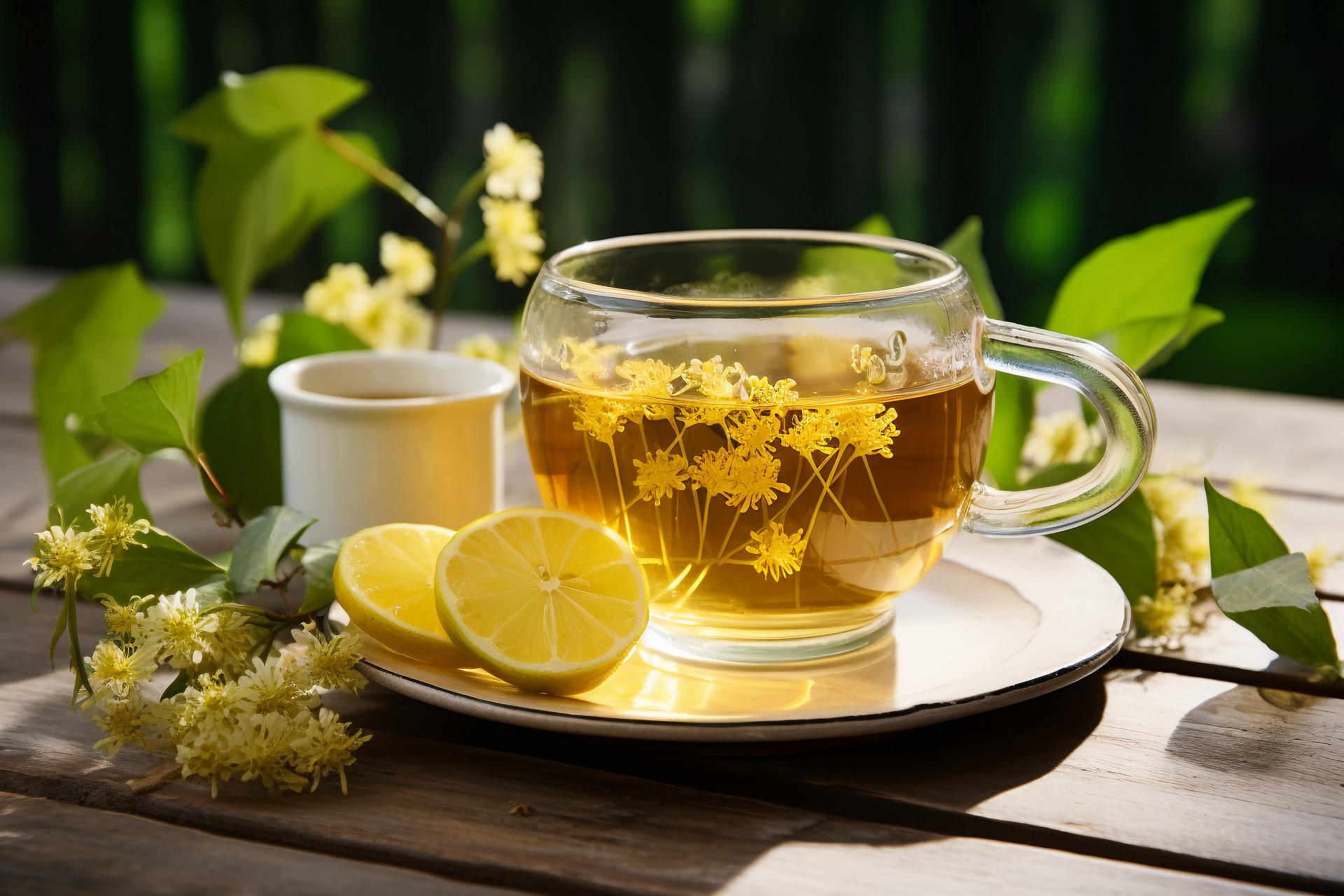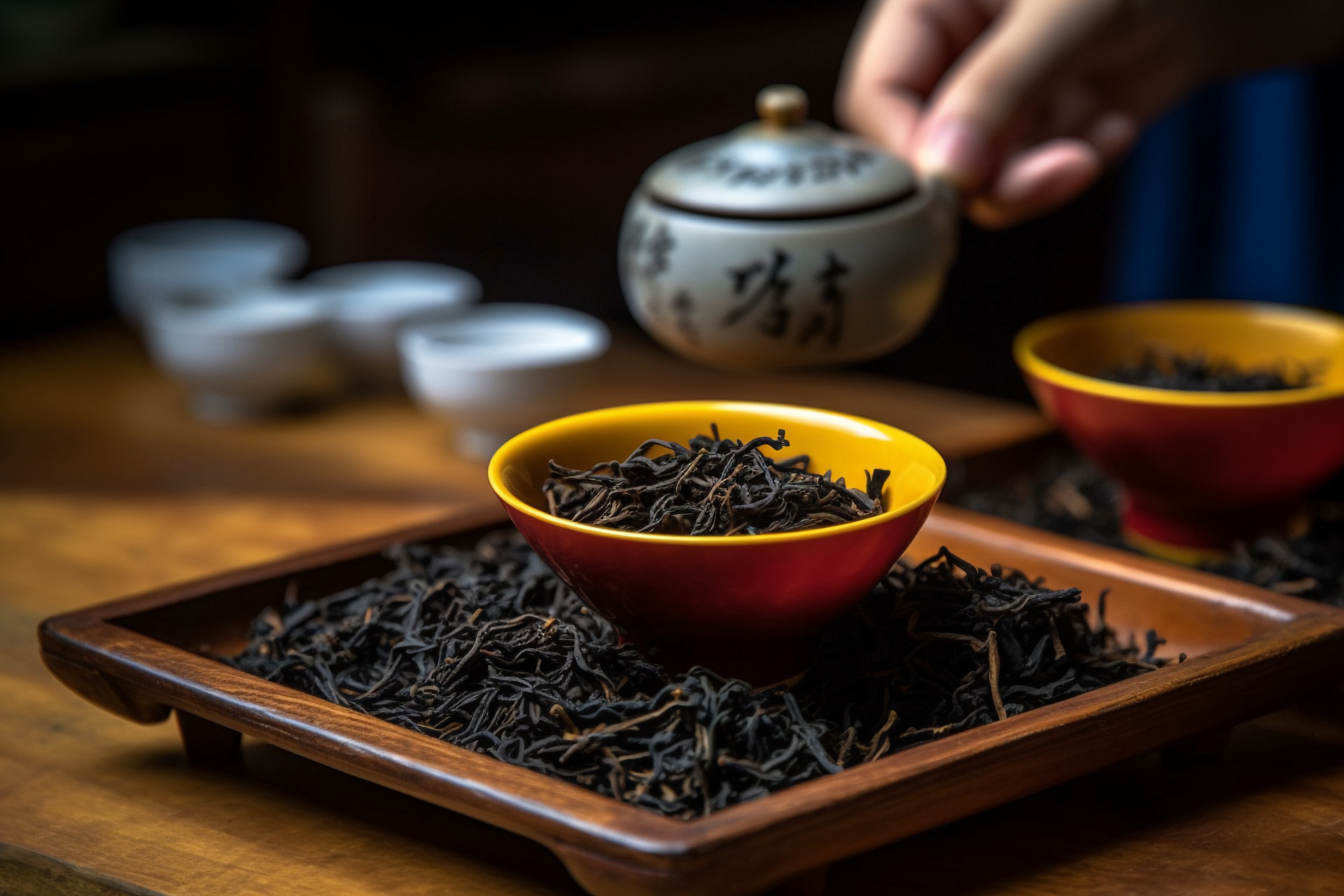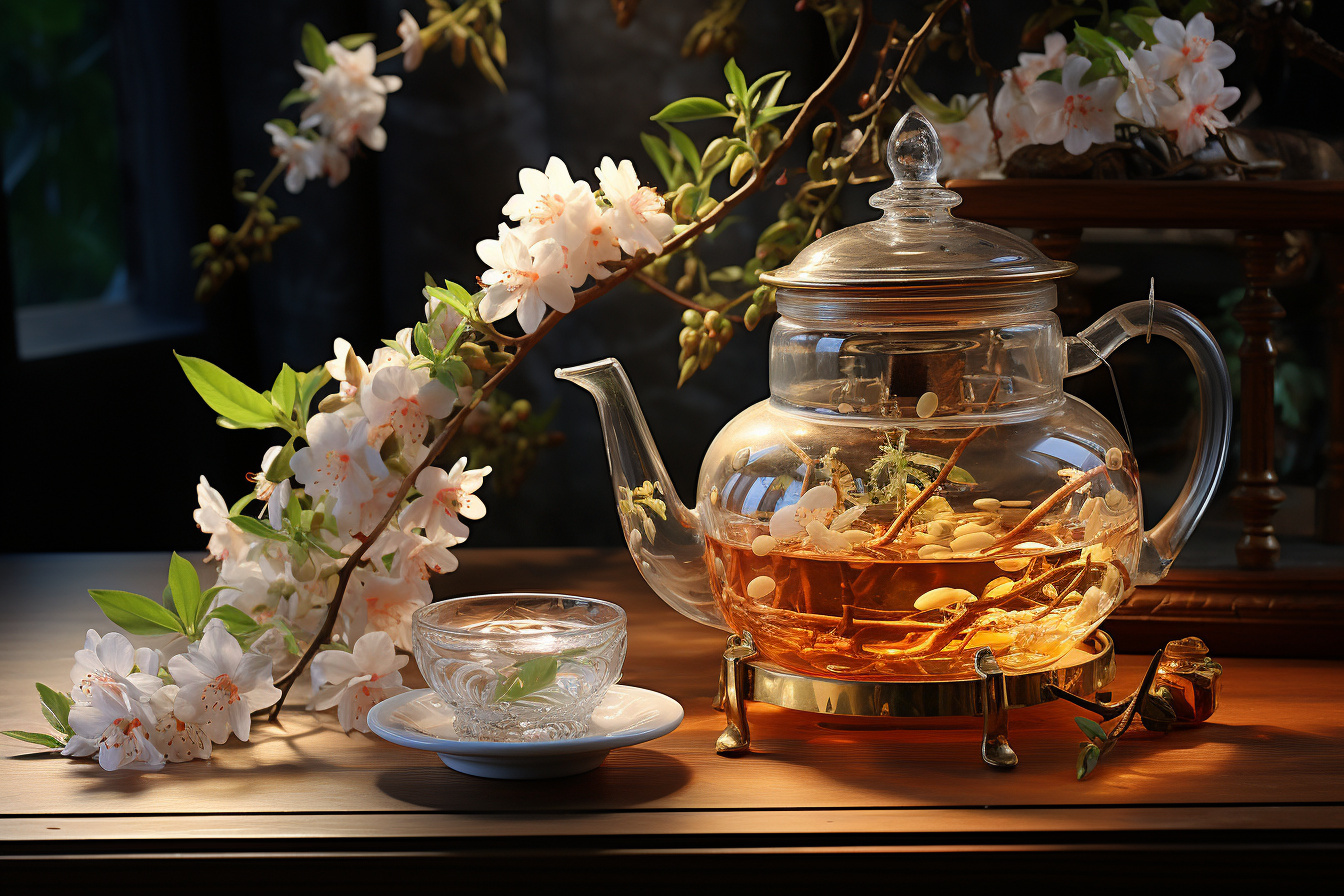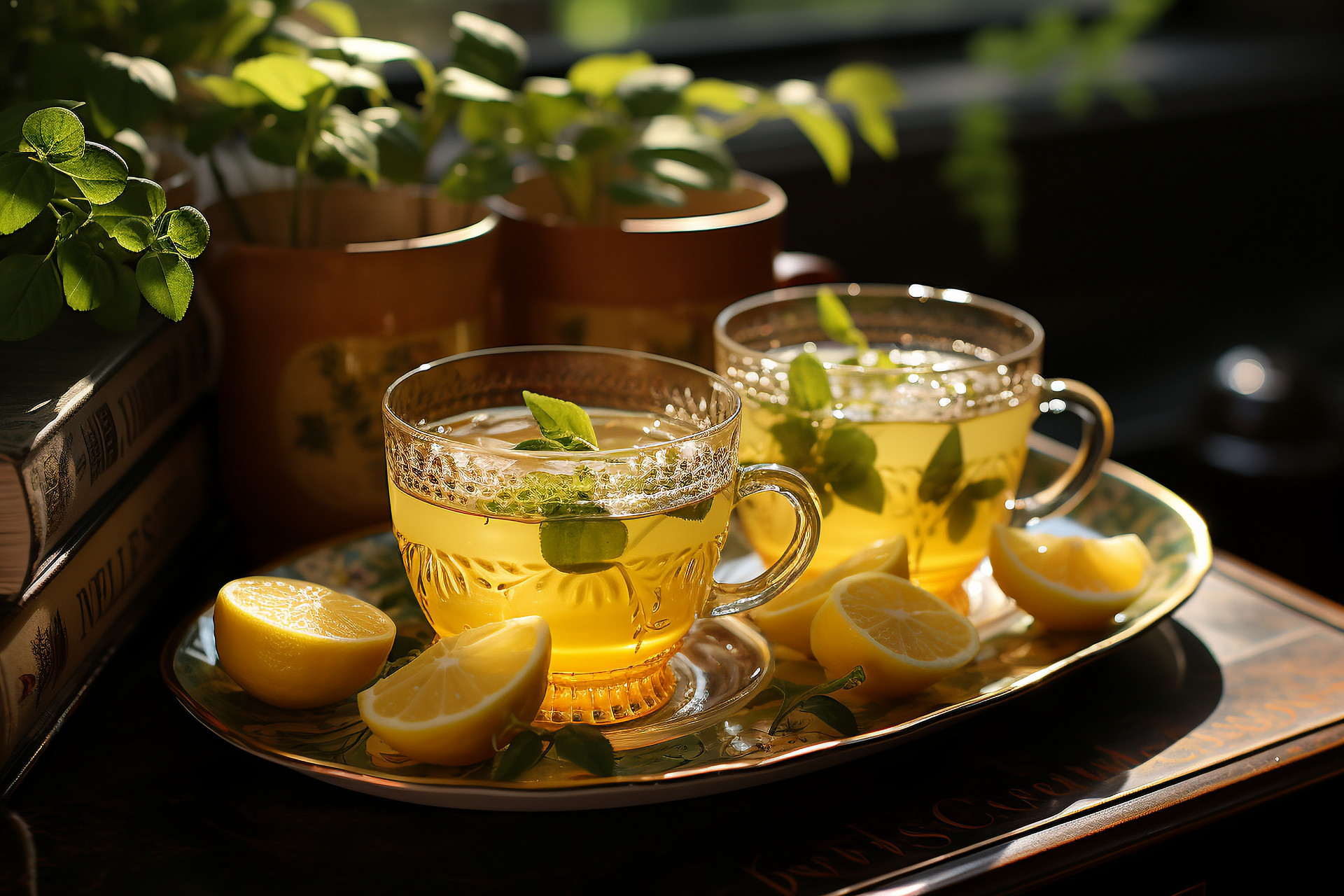Black tea contains abundant nutrients, mainly vitamins and minerals. There are various types of black tea, but due to the coarse and aged raw materials, black tea generally undergoes a long process of fermentation during processing. Because the leaves have a dark brown color, it is called black tea. Black tea also has its own unique characteristics in terms of processing techniques. Let's learn more about black tea.
Black tea is produced in a vast region, and there are many different varieties. Examples include black bricks, flower bricks, and Fuzhuan bricks produced in Hunan; Qingzhuan tea produced in Hubei; Liubao tea produced in Guangxi; Xilubian tea produced in Sichuan; and compressed tea such as Jintea, Biantea, Fangtea, and Yuantea produced in Yunnan.
1. Liubao Tea from Guangxi
Liubao tea is produced in Liubao Township, Cangwu County, Guangxi. There are two types of Liubao tea: loose tea and compressed tea. Loose Liubao tea is commonly used for direct consumption, and aged Liubao tea stored for several years is often used for auxiliary treatment of dysentery, malaria, and poisoning. High-quality Liubao tea is preferred to be aged and has the fragrance and taste of betel nut, with a reddish-brown color of the tea soup.
Quality Characteristics:
The dry tea has a glossy black color. The leaves are tightly compressed into blocks, with yellow fungal spores scattered in between. The taste is mellow and pleasant. The tea soup has a reddish color, clear and bright, with black and glossy leaves.
2. Black Tea from Hunan
Black tea from Hunan is mainly produced in Anhua.
Quality Characteristics:
The tea leaves are rolled and twisted into a paper-like shape, with an oily black color. The tea soup is orange-yellow, and the bottom of the leaves is yellowish. The fragrance is mellow with a hint of pine smoke.
3. Laoying Tea from Hubei
Laoying tea is produced in Boqi, Xianning, Tongshan, Chongyang, Tongcheng, and other places in Hubei.
Quality Characteristics:
Laoying Maocha is divided into three grades. Grades one and two have tightly rolled leaves with a dark green and glossy color. The tea has a black top, white stalk, and no stem. Grade three has wrinkled leaves with a dark green color and some mix of flowers. The tea stalks are determined by the new shoots of the current year.
4. Pu'er Tea
Pu'er tea is made from sun-dried large leaf tea in Yunnan. It is processed into loose tea or compressed tea through post-fermentation. The main production areas for Pu'er tea are Xishuangbanna and Simao in Yunnan. The annual average temperature in the production areas is between 17°C and 22°C, with an average annual rainfall of about 1500 millimeters, humidity over 80%, and soil pH value between 4 and 6. This favorable environment creates good conditions for the growth of Yunnan large leaf tea, and Pu'er tea is produced under such conditions.
Regular consumption of Pu'er tea can dilate blood vessels, lower blood pressure, slow down heart rate, and reduce cerebral blood flow, thus providing good health benefits for the elderly and patients with hypertension and atherosclerosis.
Quality Characteristics:
Pu'er tea has long, plump buds, mostly white. The leaves are large and soft, with a grassy green color. The tea soup is bright red and yellow, and the aroma is pure and the taste is mellow. It becomes more fragrant as it ages.
Black tea is widely recognized for its health benefits. There are many different types of black tea, and the ones mentioned above are just some of the most common ones. Black tea values the aspects of "aging" and "mellow." The older the tea is, the more fragrant and mellow it becomes. Common Pu'er tea from Yunnan is often compressed, but it has excellent health benefits.


![[The Risks of Eating Hawthorn During Pregnancy]](https://tcmmaintenance.com/uploads/20240715/97742b67f97f94c495ae1389337c5c41.jpg)
